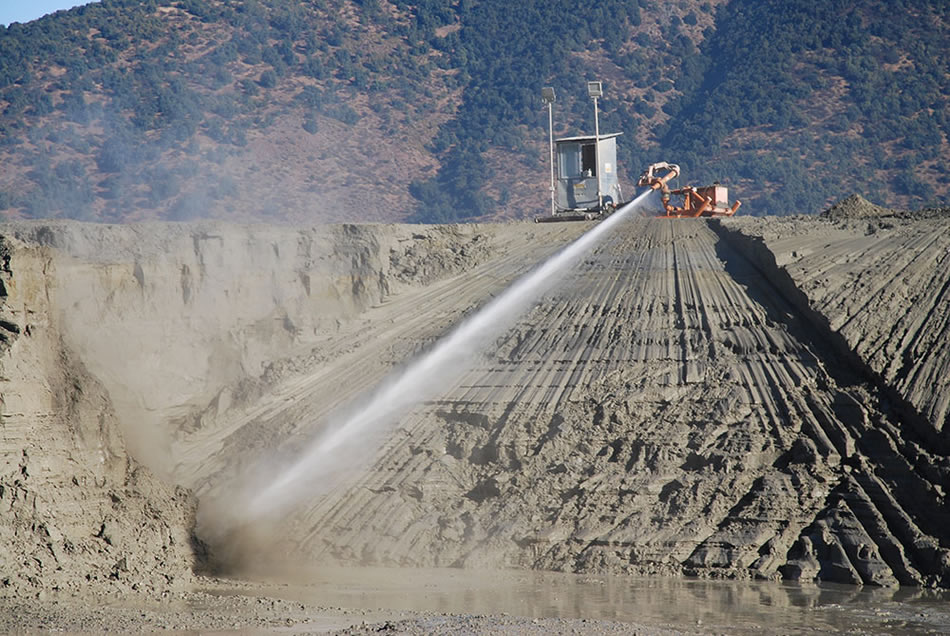
This blog has been written with the prompting of my good friend, Dawn.
At a lot of sites around the world, tailings are re-mined and re-processed. When I was living in South Africa (1999 to 2003), I worked on a very large project where tailings were re-mined and reprocessed and another large operation where we studied it. In the first case, it was a very large gold mining operation where technological advances were made in the milling process. In the second case, one mine owned the rights to the copper that was in their ore, but the neighboring property owned the rights to the phosphates in their tailings.
At least in those days, a lot of tailings facilities were being re-mined. The old tailings facilities that surrounded the township of Soweto, where Nelson Mandela and Desmond Tutu both lived (in fact on the same street) was once surrounded by tailings facilities that would constantly rain dust down on the township. Those facilities were re-mined, creating a much better environment for Soweto.
Re-mining of tailings in Chile began in about 1970 following a national ban on upstream-constructed tailings facilities. There, earthquakes pose a particular threat to the stability of those tailings facilities. Those facilities were re-mined and placed into facilities that were much more suitable for that seismotectonic regime.
On some occasions, tailings are re-mined specifically for financial gain. Many years ago, I worked on a project called Gold Hill Mesa in Colorado Springs. “Gold Hill Mesa” is a tailings facility very close to downtown Colorado Springs. It was constructed for ore that was processed at the Gold Hill mill, which processed ore from Cripple Creek during its heyday. I can no longer recall the specific economics of that deposit, but the property alone was worth several million dollars (if there wasn’t a tailings facility in the way). There were also several million dollars of gold remaining in the tailings. So much, in fact, that it sounded too good to be true to investors. Sadly, the metallurgical aspects were never solved, and a real estate developer has constructed numerous homes on the tailings facility (with very specific regulations about gardening).
I worked on another re-mining project in the US, this time in South Dakota. The project was to clean up the historic Homestake tailings that were just released into the river for decades. The tailings would have been re-processed and metals recovered. Sadly, the economics did not work out, at least that time.
There are at least two companies that I know of who are very actively exploring tailings facilities in historic mining areas in the US and elsewhere as their primary business model. In these cases, they look for places in regulatory regimes that are friendly to mine cleanup operations. In some regulatory regimes, the company doing the re-mining is held accountable for whatever contamination plume may have already existed prior to their re-mining operations. For obvious reasons, those regulatory regimes are not the first on the list for this type of company, although their day may come. These re-mining companies can generate considerable wealth, and as an added unintended consequence, the formerly disturbed land can be placed back into good use, and the re-processed tailings can be stored in an environmentally safe, modern tailings facility.
Much of the future of mining will be through the re-mining and reprocessing of tailings. Today’s waste will be tomorrow’s treasure.

